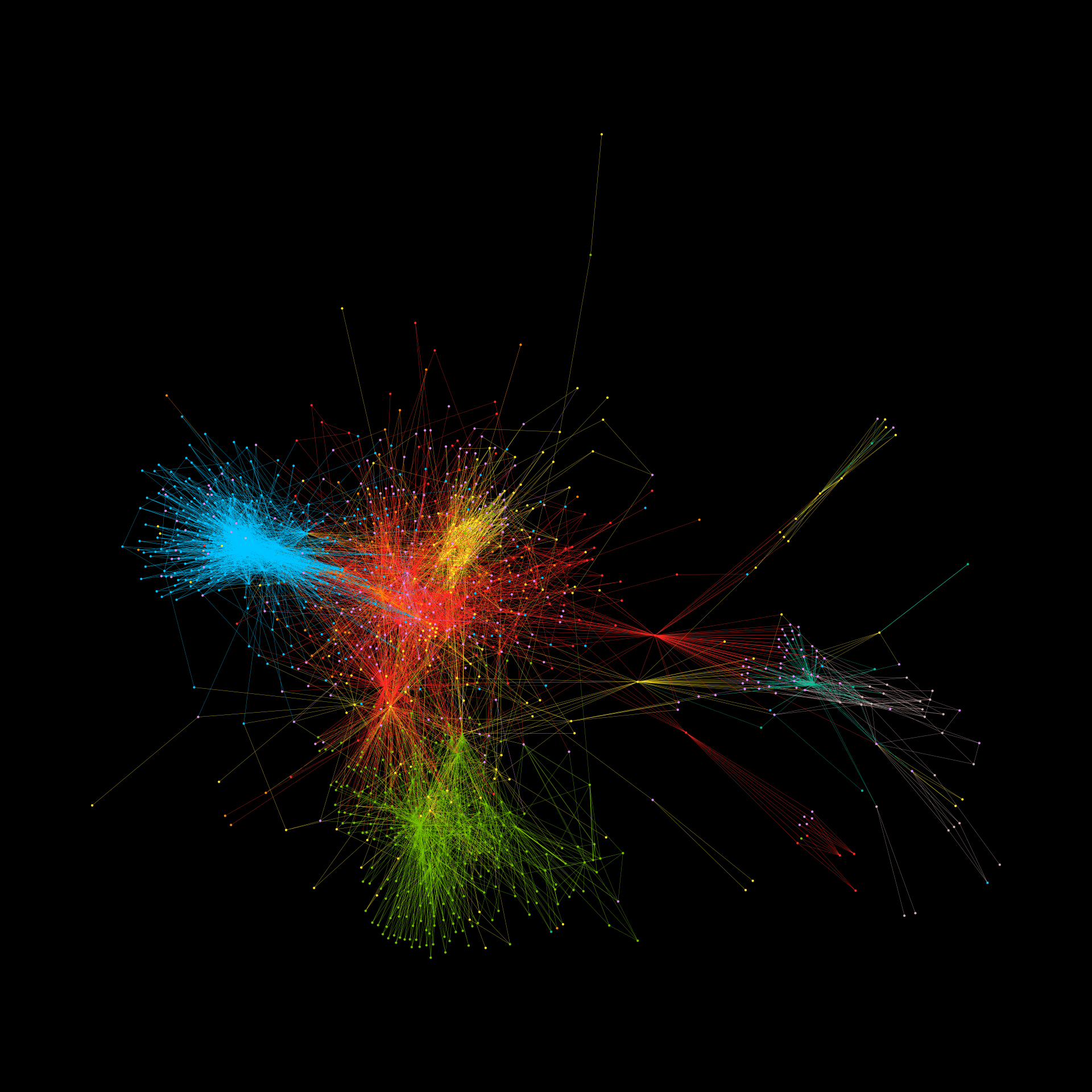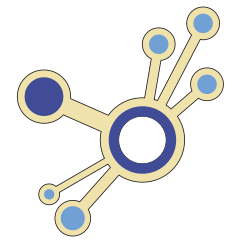Scientific Reports
Self-assembly is a key process in living systems—from the microscopic biological level (e.g. assembly of proteins into fibrils within biomolecular condensates in a human cell) through to the macroscopic societal level (e.g. assembly of humans into common-interest communities across online social media platforms). The components in such systems (e.g. macromolecules, humans) are highly diverse, and so are the self-assembled structures that they form. However, there is no simple theory of how such structures assemble from a multi-species pool of components. Here we provide a very simple model which trades myriad chemical and human details for a transparent analysis, and yields results in good agreement with recent empirical data. It reveals a new inhibitory role for biomolecular condensates in the formation of dangerous amyloid fibrils, as well as a kinetic explanation of why so many diverse distrust movements are now emerging across social media. The nonlinear dependencies that we uncover suggest new real-world control strategies for such multi-species assembly.
Pedro Manrique, Frank Yingjie Huo, Sara El Oud, Neil Johnson

